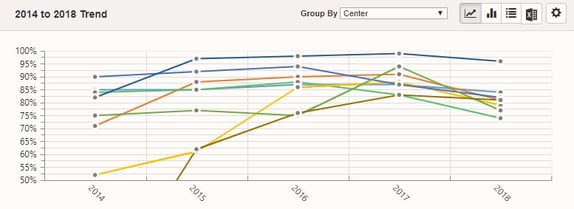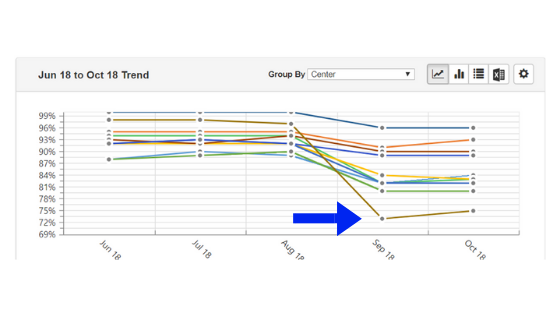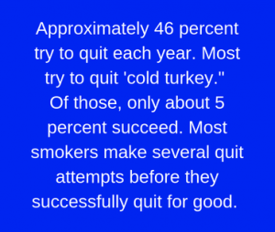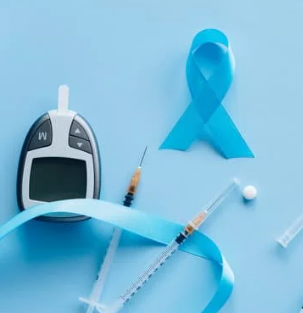Over the last 4 years, we’ve seen the performance on Tobacco Use: Screening and Cessation Measure (CMS 138v6 / NQF 0028) rates increase, but recently you may have noticed a drop in your performance and wondered ‘what’s happening?’ Did something change in our workflows, is something not mapped? The simple answer to both questions is ‘no’. What did change, is the measure logic. The 2018 updates to the measure changed to look for cessation counseling to occur with or after a positive screening and prior to the end of the measurement period. Previously, cessation counseling could occur anytime in the 24 months prior to the end of the measurement period and was not related to the most recent positive screen.
Tobacco Use: Screening and Cessation (NQF 0028)
Tobacco Use
Endorser: NQF 0028 / CMS eCQM 138v6


Depending on your workflows this could have a very small impact 4-6% or something much larger in the range of 10%. While it’s certainly disheartening to see your results change, let’s see if we can find a little good in the situation.
First, let’s remember the goal is to reduce the number of tobacco users. To do that we need to make sure patients are screened and if positive tobacco users, counseled and treated. Behavior change is never a one and done event (most smokers make several quit attempts before being successful) and it relies on the patient’s readiness to change, which may change from one visit to the next. Motivational intervention such as the 5 R’s: Relevance, Risks, Rewards, Roadblocks, and Repetition can be a successful approach, Repetition being a crucial component. With that in mind, changing the measure makes sense if we really want to see how well we are doing with counseling and lowering rates of tobacco use.
Here are some things to consider as you review your current workflows and think about how you can improve your counseling rates.
Workflows:
- The frequency of screening and Visit type
- When are you screening patients? Medical visits only? Medical/dental/behavioral health visits?
- Do you only screen once a year in all situations? Once a year if negative user? All visits if a positive user or prior history?
- Patient visit planning
- Make sure your tobacco screening and cessation alerts are turned on.
- Identify patients in advance of appointment and determine what type of counseling and/or who should be providing counseling.
- Counseling
- Assess challenges the patient has had quitting and provide support.
- Is this patient a new referral or follow up on any open referral to counseling – what is needed to make and keep the appointment.
- Assess medication adherence and barriers. Are they taking the medications prescribed, and if not, what’s getting in the way? Note, the 2019 measure specification is changing so that patients already on pharmacotherapy will count in your favor.
- Have you trained the right staff to be able to provide counseling and support?
- Counseling does not need to occur at the same visit as the screening or by the same provider, so there still might be an opportunity to provide counseling even if the patient needs to come back on another date or see a different provider.
- Documentation
- Make it easy to document the above counseling – mapping out a measure workflow including where to input this information in the EHR will help promote consistency and ensure your center’s data is clean
- Make sure your mappings are up to date so what you do counts.
Data Analysis:
- Understand your results
- Use the detail of the Tobacco Use: Screening and Cessation measure to identify which patients have never had to follow up or who’s follow up occurred prior to the last screening.
- Look at the provider who most recently rendered services to this patient to understand the type of visit and how you might need to change your workflow to assure counseling occurs after the positive tobacco use screening. If you have had a large change in your performance and would like further data that may assist you in evaluating your workflows, please contact support.
- Monitor your performance
- Use the Point of Care: Alert Closure measure and filter to the tobacco cessation alert to identify pts that did not have counseling when needed at their recent visit. (You must have this alert enabled in the PVP to see it on the Alert Closure measure.)
- Run the Tobacco Use measure by the Month time period so you can see how well you are doing with workflow changes on patients who have appointments in the time period.

Azara clinical quality measures are evidence-based and aligned with the electronic clinical quality measures (eCQMs) which are updated yearly by CMS. This provides consistency and standardization for reporting and comparison. HRSA recently sent out a statement indicating that they are aware of the impact of the changes to the Tobacco Use: Screening and Cessation Intervention measure and that results might show a downward trend. While their acknowledgment of this fact is a little ray of sunshine, the brighter side is that you have an opportunity to implement some changes now that will get you headed back in the right direction for 2018 and 2019. Don’t underestimate the impact of changes you implement now on your 2018 results. Also, an improvement on this new version of the measure will mean more patients are getting counseled and should lead to a reduced number of tobacco users.
Patients Not Ready To Make A Quit Attempt Now (The "5 R's"). Content last reviewed December 2012. Agency for Healthcare Research and Quality, Rockville, MD. http://www.ahrq.gov/professionals/clinicians-providers/guidelines-recommendations/tobacco/5rs.html
Related Articles

Socioeconomic Status, Access, and Control: Rethinking Diabetes Outcomes
Explore Insights
Navigating the Social Care Landscape: Five Lightbulb Moments from the SIREN National Research Meeting
Explore Insights
